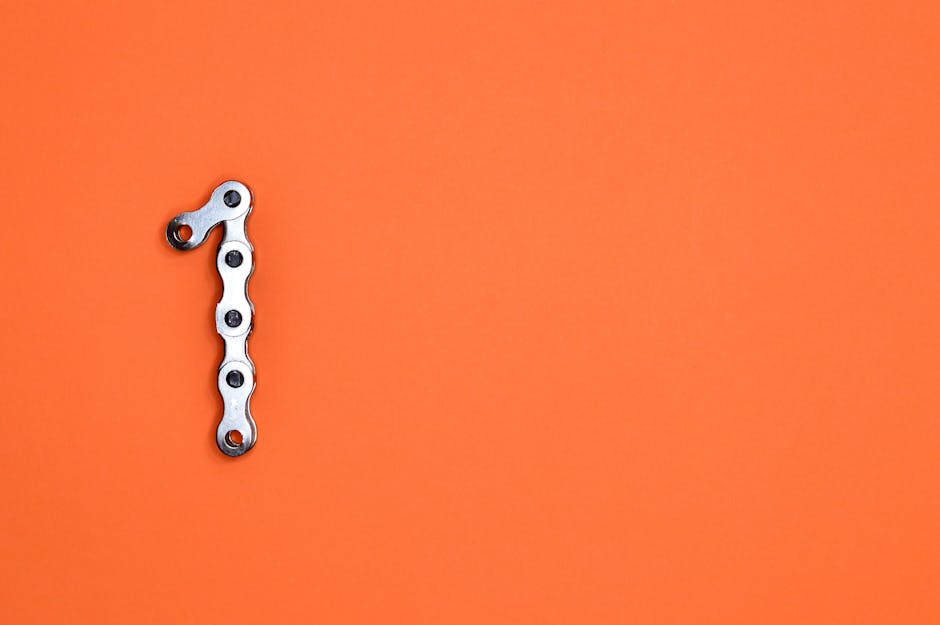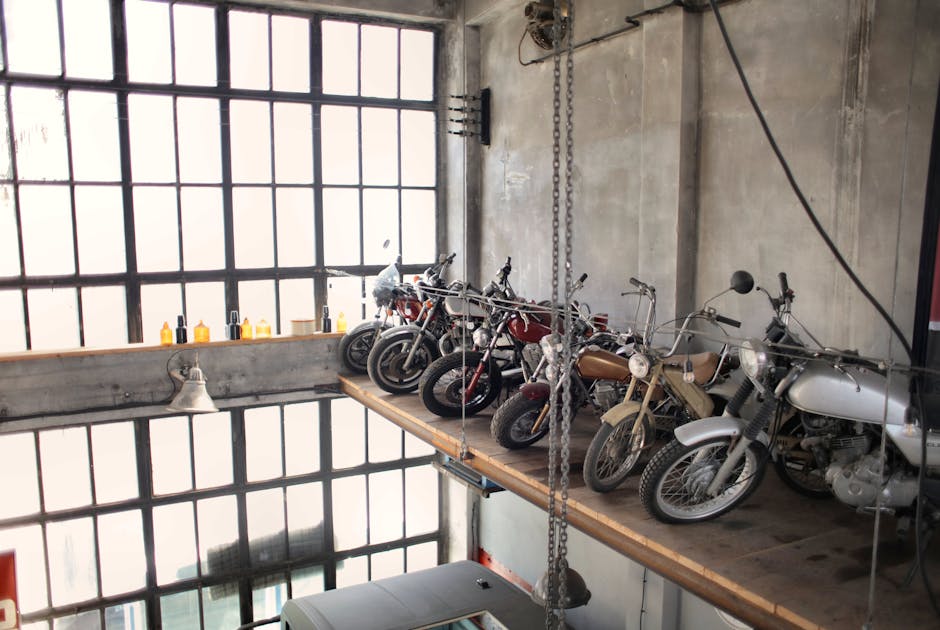The importance of moto protective gear
Wearing protective gear while riding a motorcycle is crucial for your safety. The evolution of moto protective gear design aims to provide the modern rider with the best possible protection in case of accidents. Helmet, gloves, jacket, pants, and boots are essential gear that can prevent serious injuries during a crash. Advanced materials like Kevlar, carbon fiber, and impact-absorbing foam are used in modern gear to enhance protection without compromising comfort. Remember, investing in high-quality protective gear is investing in your safety on the road.

Historical development of moto protective gear
Moto protective gear has come a long way over the years. Initially, riders relied on basic leather jackets and helmets for protection. As time went on, advancements led to the creation of more specialized gear, like armored jackets, gloves, and pants. Innovations in materials, such as Kevlar and carbon fiber, have greatly improved the durability and safety of moto gear. Today, riders have a wide range of high-tech protective gear options designed to offer maximum protection while riding.
Innovations in modern moto protective gear design
Modern motorcycle protective gear has evolved significantly, incorporating advanced materials and technologies to enhance rider safety. New designs focus on maximizing protection without compromising comfort and flexibility. Some key innovations include:
- Enhanced impact absorption materials like D3O and Aramid fibers
- Integrated ventilation systems for improved airflow
- Adjustable fit features for personalized comfort
- Abrasion-resistant materials for added durability
Materials used in modern moto protective gear
Modern moto protective gear is often crafted using a combination of materials designed to provide maximum safety and comfort for riders. Common materials include Kevlar for abrasion resistance, Carbon fiber for impact protection, and Polyester mesh for ventilation. Additionally, foam padding is used in key areas for shock absorption. The use of these materials ensures that riders are both protected and comfortable while on the road.
Impact of technology on moto protective gear design
New technologies like impact-absorbing materials, advanced ventilation systems, and innovative designs have revolutionized the way protective gear is made for modern riders. High-tech materials such as carbon fiber and kevlar enhance durability and protection, while improved ventilation systems prioritize comfort without compromising safety. These technological advancements have led to lighter, more breathable, and better-fitting gear that offers superior protection during rides.
Factors influencing the design of moto protective gear
The design of moto protective gear is influenced by factors such as technology advancements, rider comfort and safety requirements, aerodynamics for better performance, materials durability, and style preferences among modern riders. These elements play a crucial role in creating gear that effectively balances protection and functionality while meeting the evolving needs of today's riders.
Ergonomics and comfort in modern moto protective gear
Modern moto protective gear is designed with ergonomics and comfort in mind. Manufacturers prioritize creating gear that fits well and feels comfortable during long rides. Here are some key points about ergonomics and comfort in modern moto protective gear:
- Ergonomics: Gear is tailored to the body's shape for a snug fit that doesn't restrict movement.
- Comfort: Fabrics and padding are chosen to enhance comfort during extended wear, reducing fatigue and discomfort.
- Ventilation: Strategically placed vents and breathable materials promote airflow, keeping riders cool in hot weather.
- Adjustability: Features like straps and buckles allow riders to customize the fit for maximum comfort.
- Technology: Innovative materials and design techniques improve both ergonomics and comfort, ensuring riders can focus on the road ahead.
Customization options for moto protective gear
You can now choose from a variety of materials and colors to customize your moto protective gear. Some brands even offer the possibility to personalize your gear with your name or logo for a unique touch. Adjustable straps and removable padding are also popular customization options that cater to individual preferences and needs. The availability of these features allows riders to not only prioritize safety but also express their style and personality through their protective gear.
Safety standards and certifications for moto protective gear
Protective gear for motorcyclists needs to meet certain safety standards to ensure it effectively safeguards the rider. The most commonly recognized certification for motorcycle helmets is the Department of Transportation (DOT) standard. This certification indicates that the helmet meets the minimum safety requirements established by the DOT. Another important certification is the ECE 22.05, which is widely accepted in Europe. It demonstrates that the helmet has passed rigorous safety tests. When choosing protective gear, look for these certifications to ensure your safety on the road.
Future trends in moto protective gear design
Recent advancements focus on incorporating smart technologies into protective gear, like sensors that detect impact and airbag systems that deploy in case of a crash. Manufacturers are exploring lighter and more breathable materials without compromising safety. Aerodynamic designs are gaining popularity, reducing wind resistance for increased comfort and performance.Environmental sustainability is also a growing consideration, with the development of gear made from recycled materials or with eco-friendly production methods.



Leave a comment
This site is protected by hCaptcha and the hCaptcha Privacy Policy and Terms of Service apply.